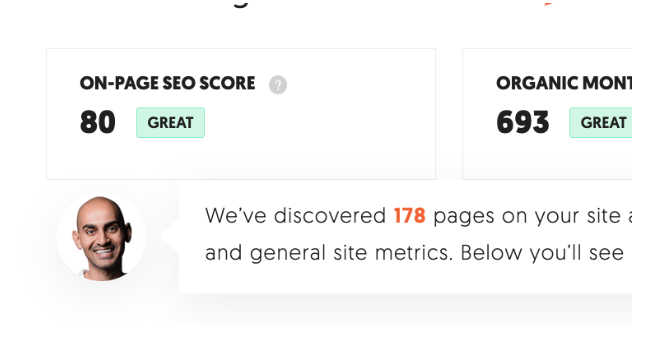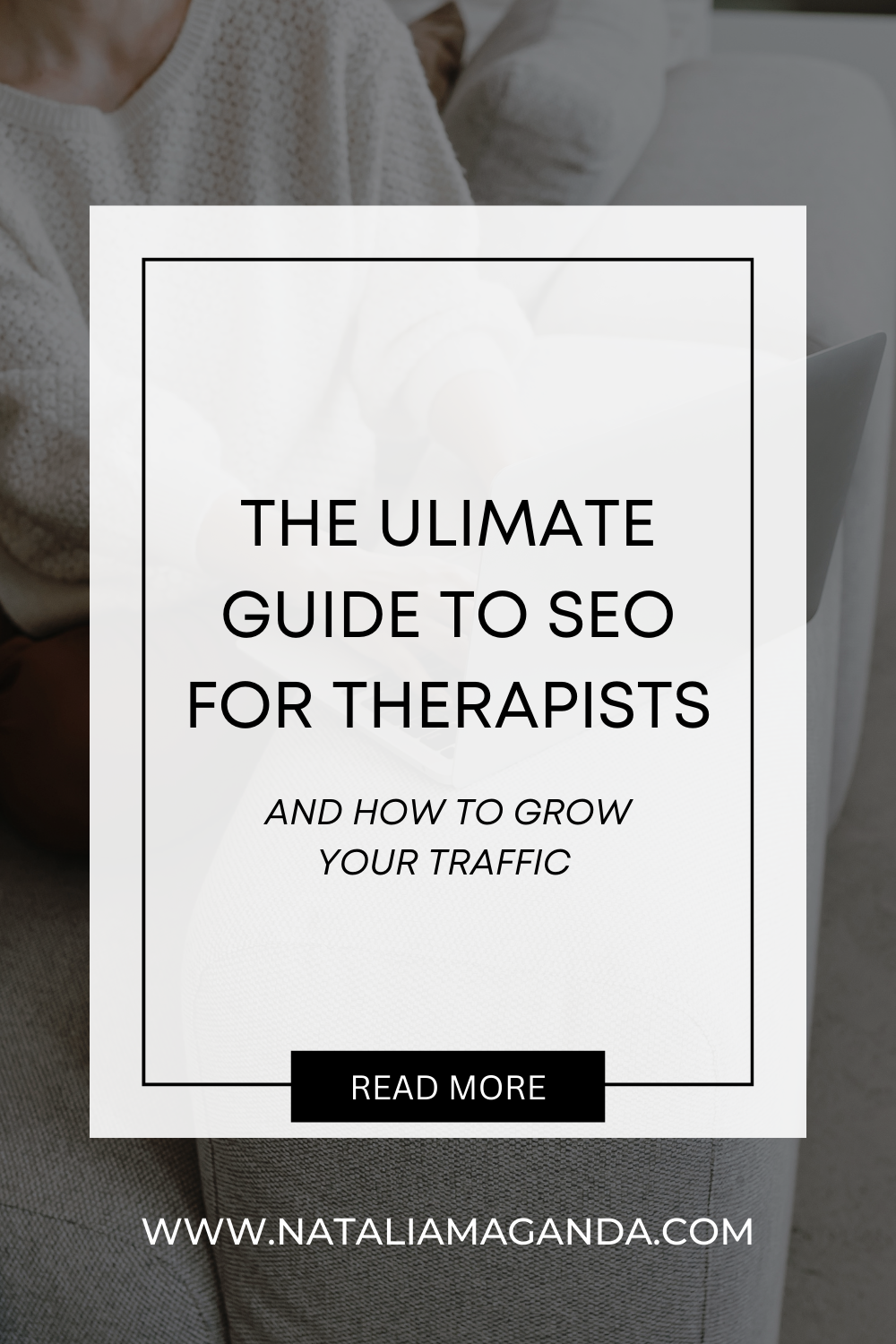SEO for therapists simplified and how to grow your traffic in a simple way
If you've ever felt like SEO was the mysterious secret sauce that everyone seemed to be using except you, you’re not alone. I'm here to demystify the world of SEO and show you how to supercharge your online presence without burning out. Say goodbye to the days of scratching your head over search engine optimization and hello to a traffic-boosting strategy that even your grandma could understand. Let's dive in and unleash the power of SEO simplified!
Now, before you start thinking, Oh no, not another complicated guide to SEO, let me assure you, I've got your back. I know the overwhelm that can come with trying to navigate the SEO jungle. But I’m about to break it down into bite-sized, digestible SEO nuggets that will have you feeling like SEO should have been in your life since yesterday.
What exactly is SEO?
Simply put, SEO stands for Search Engine Optimization. It's like giving your website a shiny makeover so that search engines like Google can't resist showing it off to your potential audience.
It basically means making sure your website has all the write keywords built in your website structure and blog strategy so that when people search for: [your service] something like this happens and you appear on page 1, for free:
(Disclaimer I’m still not on page 1 but I do appear on this search term �55358;�56599;)

What is the difference between SEO and blogging?
When you create blogs without thinking about the SEO part of it, or treat your blog like a diary, no one will find or read that content, unless you have an engaged social media presence or newsletter database to send that content to.
Thats why it is so important to combine SEO knowledge with blogging so that you can optimize your content for getting found by search engines, and then, share it with the world!
Basic website SEO requirements:
Now, you might be wondering, what does it take to get on Google's good side? Well, it's all about creating quality content, optimizing your website's structure, and sprinkling some magic keywords here and there.You’ll want to consider:
- Selecting a reliable website host so that your website loads quickly and makes Google happy
- Make sure your meta titles and seo descriptions are supporting the services you want to promote
- Optimize your website core pages for relevant keywords
- Plan a blog strategy that supports your services or offers
SEO terms for Beginners
Meta titles
Meta descriptions
Alt text
SEO backlinks explained
Ah, backlinks, the VIP tickets to the SEO party. These are links from other websites that point back to your site, signaling to search engines that you're the real deal. Think of backlinks as digital endorsements that boost your site's credibility and relevance.What are SEO Settings?
SEO settings are like the knobs and buttons on your website's control panel that fine-tune its optimization. From meta titles to URL structures, these settings play a crucial role in ensuring that your site is search engine-friendly.This is an example of SEO settings on my website backend:

What is a good SEO score?
While there's no magic number that guarantees SEO success, a good SEO score typically indicates that your website is ticking all the right boxes in terms of optimization. Tools like Ubersuggest help you analyze your website and provide SEO recommendations. I like to aim to have an above 70 or 80 SEO score. Don’t stress about perfection.
SEO Recommendations
When it comes to SEO, the key is consistency. Regularly updating your content, improving your site's speed, and building a network of quality backlinks are all essential ingredients for climbing the SEO mountain. Here are some resources to improve yor seo with this Simple SEO checklist.
How to do SEO for therapists in 10 simple steps
- Follow these ten simple steps to kickstart your SEO journey and watch your traffic grow in the next 12 months:
Plan your quarterly goals - Select your content categories
- Do keyword research
- Create a blog post outline before writing your blogs
- Plan your content batch producing dates and system
- Optional: use AI to create content in record time
- Format your content using an SEO checklist for every landing page or blog
- Build an internal link building strategy
- Optional: use Pinterest to boost your blog’s visibility
- Repurpose your blog content into your social media, newsletter and other marketing channels
Want to learn how to grow your website traffic in the next 12 months?
Learn more about my
website design and traffic growth SEO services for therapists
Remember, SEO doesn't have to be a headache. With the right tools, knowledge, and a sprinkle of creativity, you can boost your online visibility and attract your dream clients effortlessly.

* AI Disclosure: This content may contain sections generated with AI with the purpose of providing you with condensed helpful and relevant content, however all personal opinions are 100% human made as well as the blog post structure, outline and key takeaways.
* Affiliate Disclosure: Some of the links on www.nataliamaganda.com may contain affiliate links meaning that I will get a commission for recommending products at no extra cost to you.

hello! i'm natalia
Latina, web design expert for mental health professionals.
I help ambitious life coaches, therapists and holistic leaders amplify their magic, gain visibility, and simplify their marketing efforts through strategic web design and content.










